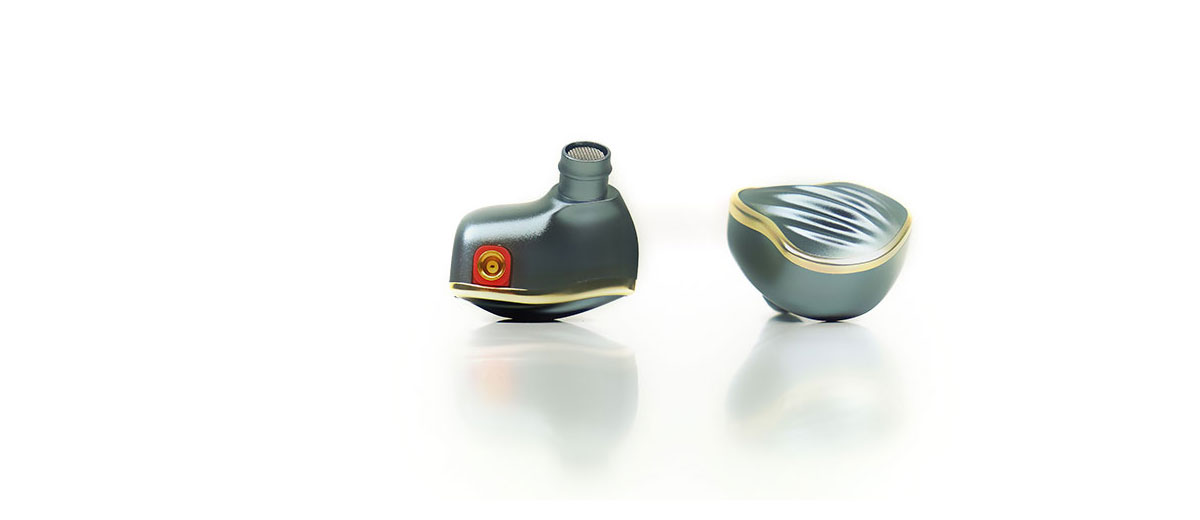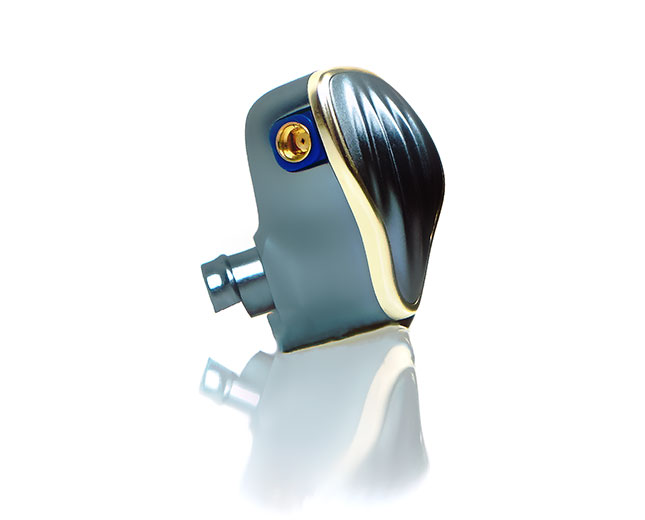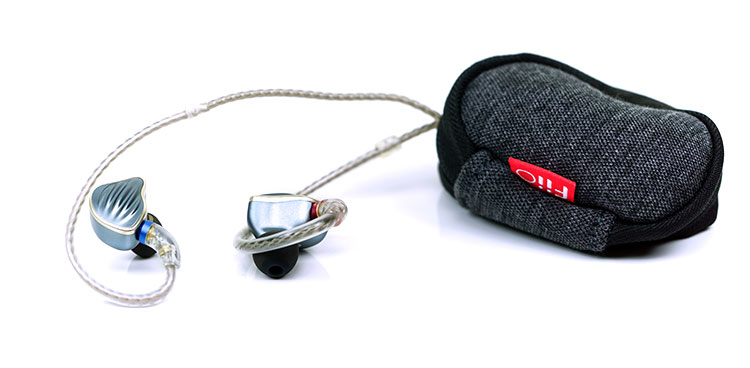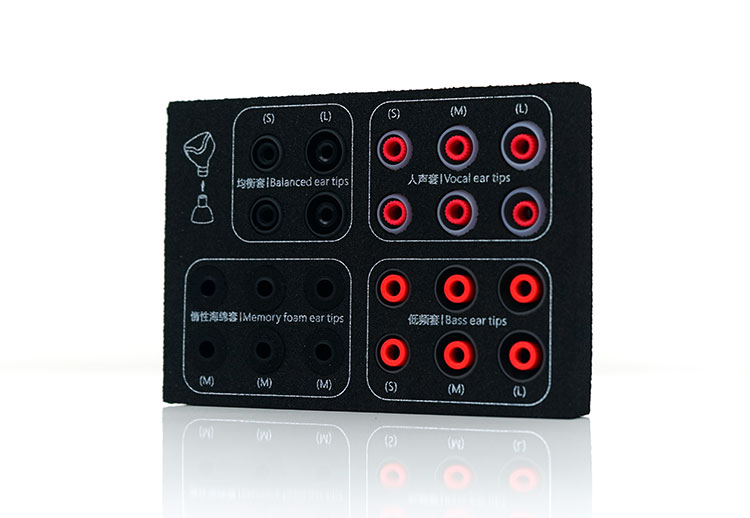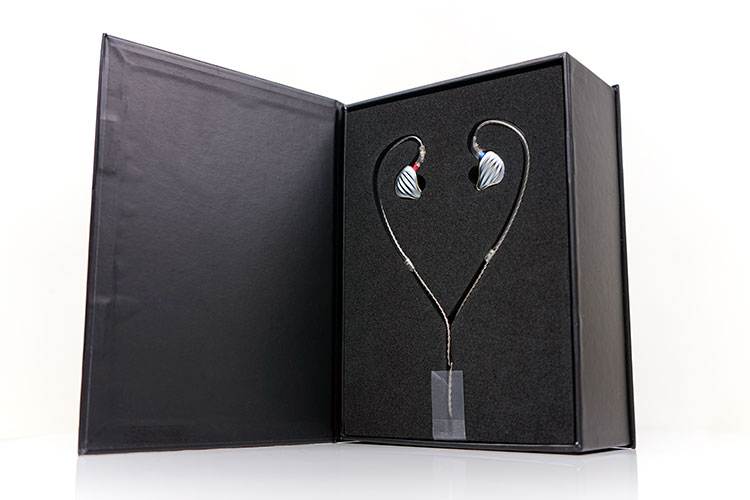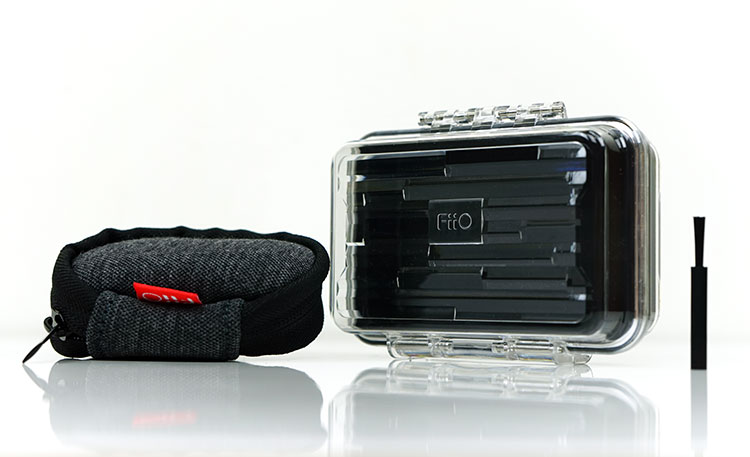The FiiO FH5 is their new hybrid quad driver top-of-the-line universal In-Ear Monitor. It is priced at $269.99.
Disclaimer: The FiiO FH5 sent to us for the purposes of this review is a sample and does not have to be returned. Thank you to FiiO for giving us this opportunity.
Note, this review follows our new scoring guidelines for 2020 which you can read up on here.
FiiO has been releasing IEMs at a rapid rate over the last two years with some success I might add. The FiiO F9 Pro was perhaps their best to date though I did enjoy the F5 for its price to performance ratio. The balanced cable options also gave them an added performance dimension.
Alongside their “F” Series, has been their alternative “FH” series, which to date, contains only the entry-level FH1.
This is a dual-driver hybrid IEM and at $74.99 sat just below the F9 and above the F5. It was also signified the start of FiiO’s formal relationship with Knowles who makes some of the best BA drivers in the market today.
Roll on Mid-2018 and we now have the FH5 which is their top-of-the-line IEM in all ranges though still within the FH range. This is a quad-driver hybrid IEM priced at $269.99 and double the price of their previous TOTL F9 Pro.
FiiO means business with this release. It is decidedly mid-fi in pitch and price and will be competing with IEM’s from the likes of Fidue, Noble, and Oriveti.
Technology Inside
Driver Configuration
The FiiO FH5 is a quad-driver in-ear monitor. The driver mix is a single 10mm dynamic driver and 3 balanced armature drivers. The frequency split is the dynamic driver for the lows, a single larger mid-range BA for the mids, and a dual driver for the lower and upper treble.
Dynamic Driver
FiiO has stuck with the same type of dynamic driver from the F9 Pro only they went a size bigger. This is a PEK Polymer Nanocomposite 10mm driver as opposed to the F9 Pro’s smaller 9.2mm version. However, with the use of 3 BA drivers, the larger driver is not being asked to cover so much of the midrange as it was in the F9 Pro.
S.TURBO
FiiO also uses a triple-bore tube design on the FH5 with an active crossover for phase control. One of the bores, specifically for the dynamic driver and the low-end of the FR is equipped with what FiiO calls their “S.TURBO” technology.
From what I can tell it is supposed to improve the low pass filtering (LPF) capabilities of the FH5 by cutting out as much of the mid and high range frequencies within a specific band range and ensuring the driver is more focused on delivering a quality low-end.
Balanced Armature Drivers
The mids and highs drivers of the FH5 are still from Knowles though they have been upgraded to a single ED30262 for the mids and a dual driver TWFK-31082. FiiO believes with this better-performing mix of BA drivers they have been able to produce a more refined and smoother sound than their entry-level hybrid range from 2017.
Build Quality
Form Factor
The FH5 is bigger and deeper than the F5/F9 series. The larger diameter of the dynamic driver combined with the additional tubing split for 3 as opposed to 2 drivers may have had a direct effect on the chamber sizing. Mind you, anyone who has seen Westone’s W80 8-driver ‘Antman special’ might disagree on more drivers equals bigger housing.
The form factor is also not quite as “jelly-beaned” as their F9 Series IEMs. There is a bit more substance to the styling this time around. The FH5 is a 3-piece unit but the top two are quite slim and create the all-important visual look.
TRISHELL
Structurally there is more to it than that. FiiO calls this a ‘TRISHELL’ build with the second layer not only providing a gold accent design finish but also locking into the main body via screws to enhance the rigidity of the FH5 body.
Materials & Finish
All 3 components of the FH5 shells are machined from a CNC aluminum-magnesium alloy. The body and faceplate are given the same sandblasted and anodized titanium finish as the F9 Pro. Only the divider plate and MMCX connectors differ in the finish.
The divider plate has a gold color that acts as a design accent contrast to the titanium monotone finish of the body. The MMCX connectors are surrounded by a small blue and red color scheme to differentiate left from right very quickly.
Streamliner Design
The top layer faceplate also has a soft grooved and slightly raised design that FiiO describes as being “exotic” and taken inspiration from classic streamliner vehicles. My only issue is what kind of streamliner did they have in mind?
You can have the old Plymouth-based Keen streamliner car, a streamliner train, or a streamliner boat like the mid-40’s Greavette. My bet is on the car. It looks like a hood or a front grill of sorts.
Cables & Connectors
Improved MMCX
The FiiO FH5 uses a standard MMCX connection, however, the angle on them is much more finger-friendly than the F9 series. The angle is a little more perpendicular to the body and much easier to gently snap out.
The F9 connection was angled and more slippery and to be honest there were times I thought I would break the port trying to detach. Both FH5 MMCX barrels are also a little thicker on the FH5 providing a better grip for disconnecting as a result.
Both sockets are colored coordinated in red and blue for easy channel matching and are positioned at the top of the body making the FH5 an exclusively over-the-ear design.
Stock Unbalanced
I say stock cable as singular because the FH5 does not come with a balanced version of their stock cable. I am a little surprised with that because going balanced was a huge theme in their Infinity Sound branding just a few months ago. For now, it seems to have stopped in the IEM range with the FH5.
Wire
Having said that the stock cable is of a much higher quality than the stock cables of the F9 and F5. This is a 1.2m mono-crystalline silver-plated braided copper wire with a TPU (Thermoplastic polyurethane) jacket. Whilst it does not indicate as such this seems to be a 4-wire with an approximate 26-28AWG gauge though before the Y-Split the wire is for left and right channel run parallel instead of one continuous bind.
Handling
This is a fairly light cable with virtually no memory retention and absolutely noise-free on the physical wire when in motion (microphonics). It is terminated with an anodized right-angle 3.5mm TRSS jack with excellent strain relief.
The lightweight and small y-split barrel is similarly finished with a detachable chin cinch. On a physical level, I am quite impressed with this cable but would love it if it was terminated with a 2.5mm TRRS jack with a matching 4.4mm conversion jack.
The cable is also finished in a fairly thick set of memory hooks that have more of a spring action than twist or retain your desired shape. They snap back into their standard form once you take them off.
Comfort & Fit
The FH5 pays homage to the new wave of “custom universal” designs that have been made popular by the likes of Jomo Audio and iBasso.
What this means is that the contouring is intended to better accommodate all the ‘hills and valleys’ of your ear resulting in less pressure and a better fit. I should contextualize the better fit in relation to standard IEM form factors such as the Jellybean F9 or the bullet form factor of Flare Audio Flares Pro which place much more emphasis on tip quality for comfort and seal.
The fit is very comfortable for me with little or no pressure issues to speak off. They are missing that tiny little dip on the underside of the shell that I find works so impressively with the iBasso IT01 in jumping the Crus of the Helix so it is not quite at that level but close enough. If you are using the PLB from Jomo Audio it is on that level only slightly heavier.
Tips
The tips selection for the FH5 is top-notch. Not just the quantity but the thought put into how each one will affect the sound and the arrangement into the categories based on that perceived effect.
You have bass tips, vocal tips, balanced tips, and foam tips. All of these tips are single-bore silicone with varying stem solidity and bore width. Ideally, they will do exactly as the label suggests and we will discover that in our sound impressions on page 2.
Foam tips have no sound classification but suffice to say they will attenuate the top end a little, darken and thicken the sound and add a bit more bass quantity. The only curiosity is the 3 medium foam tips compared to small, medium, and large for the rest of the tips. It would have been better to go small, medium, and large for the foam tips also.
Packaging & Accessories
FiiO seems to always revert to their black packaging design when they want to get serious in their product offering, be it DAP, amp, or IEM. The FH5 continues with that understated black packaging though the internal layout is a definite upgrade on their entry-level hybrid IEMs such as the F9 and F9 Pro.
Inside you get a set of accessories not too dissimilar to the F9 line up with a soft carry pouch and a hard case. The hard case is a transparent material this time instead of all-black but the contouring is much the same.
The zipped soft pouch also seems to be of a higher quality than the F9 Pro pouch and provides a more portable “pocket option” than the hard case. Apart from that you get an additional cleaning brush and a nice foam carry tray for the tips which are grouped in terms of their tonal balance.
Click on Page 2 below for Sound Impressions & Comparisons

